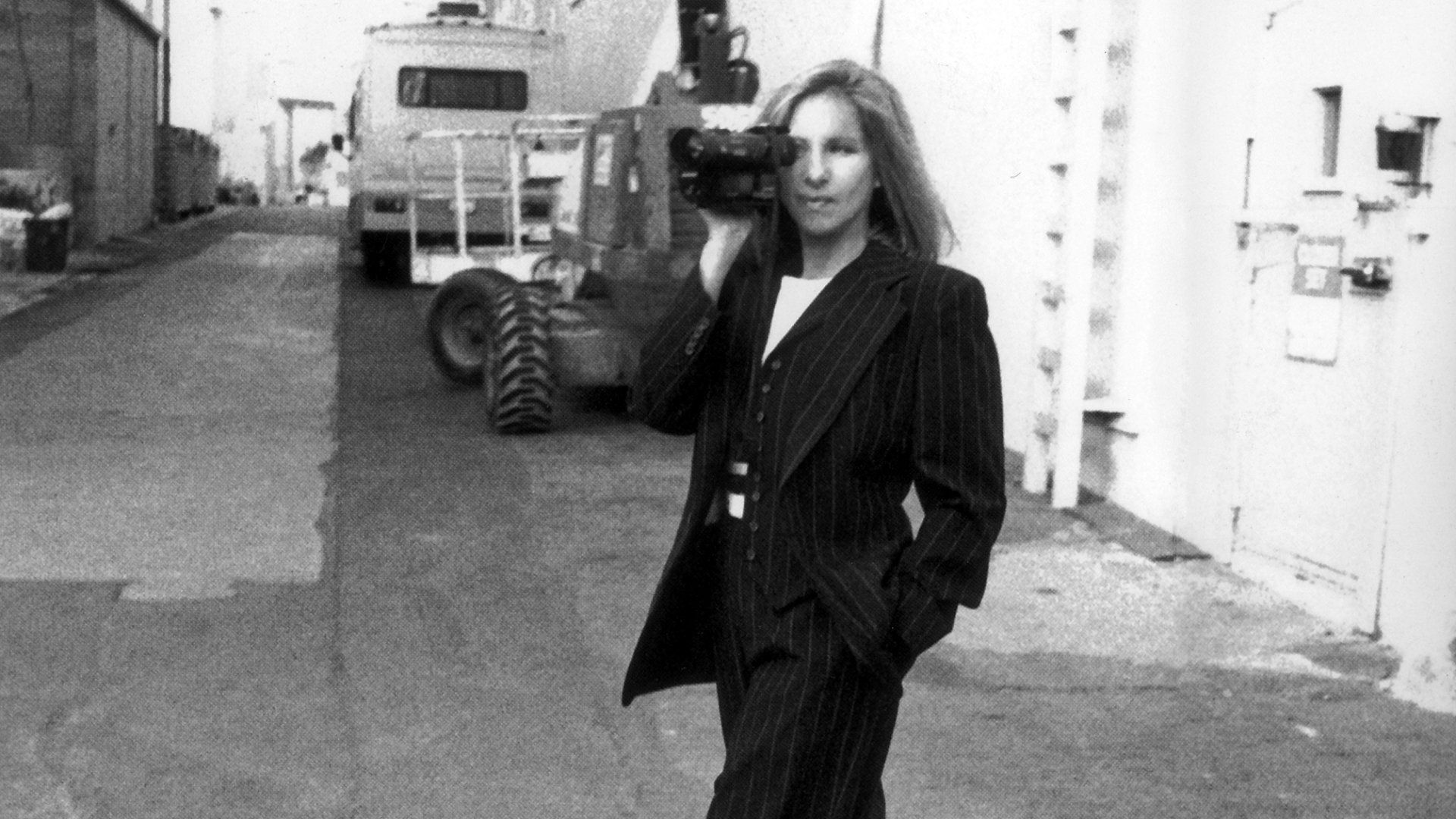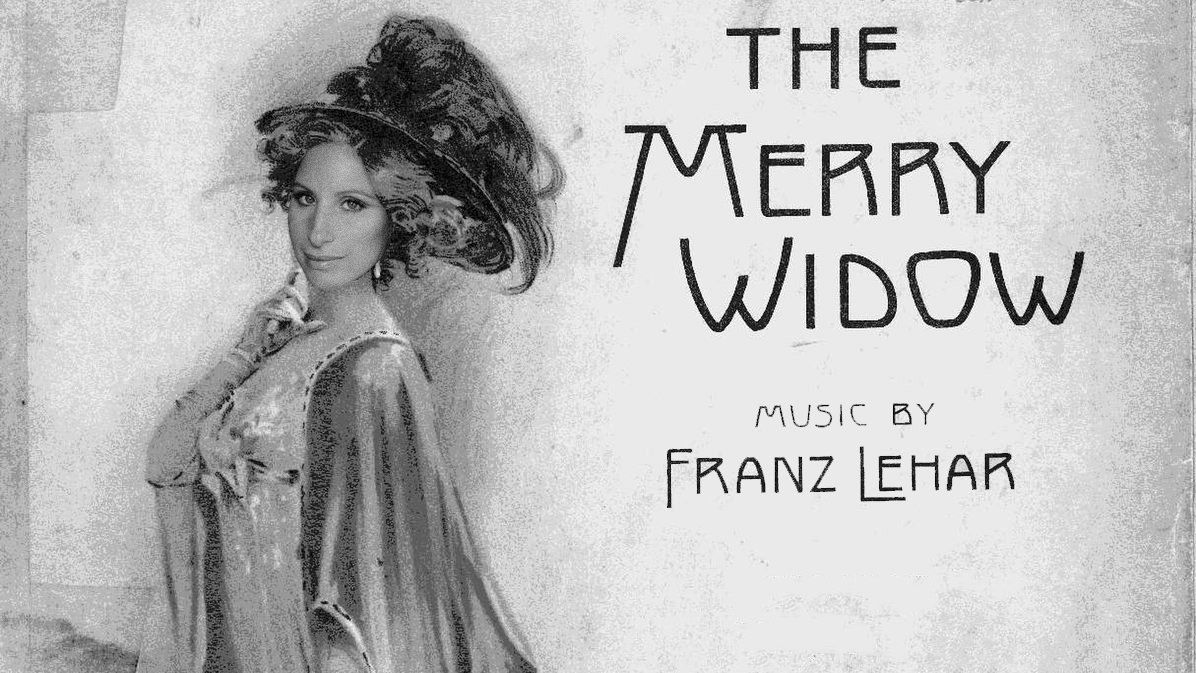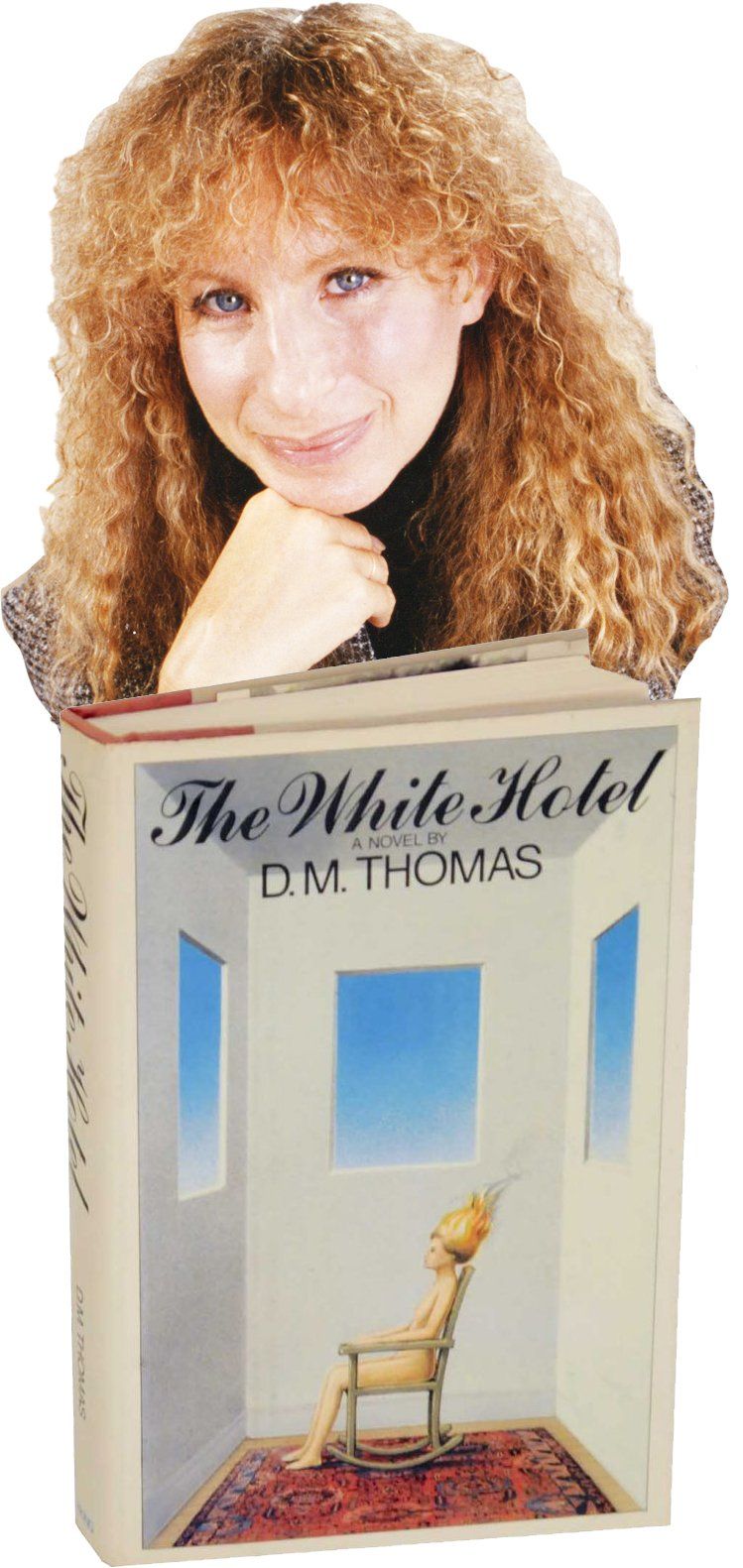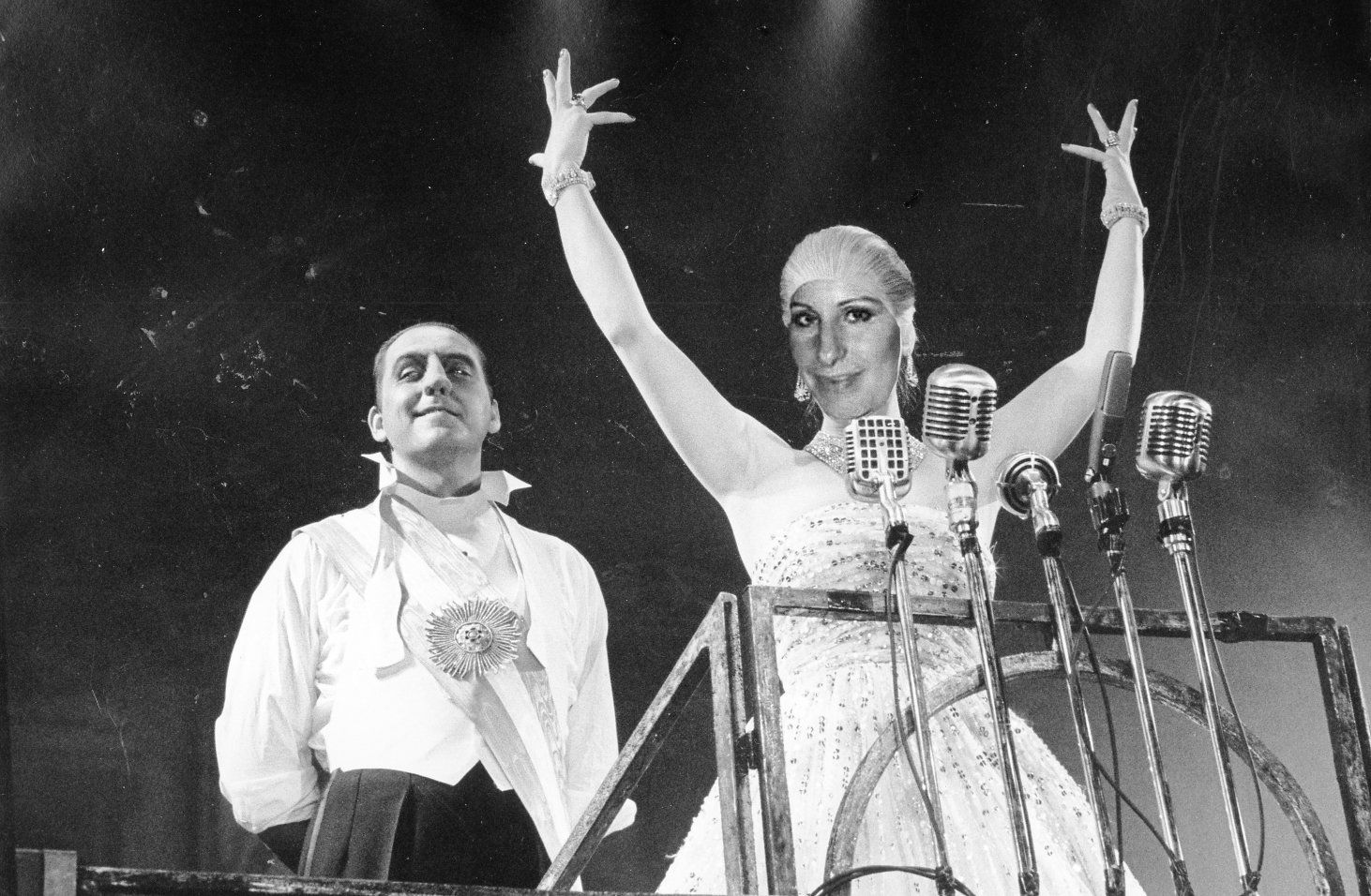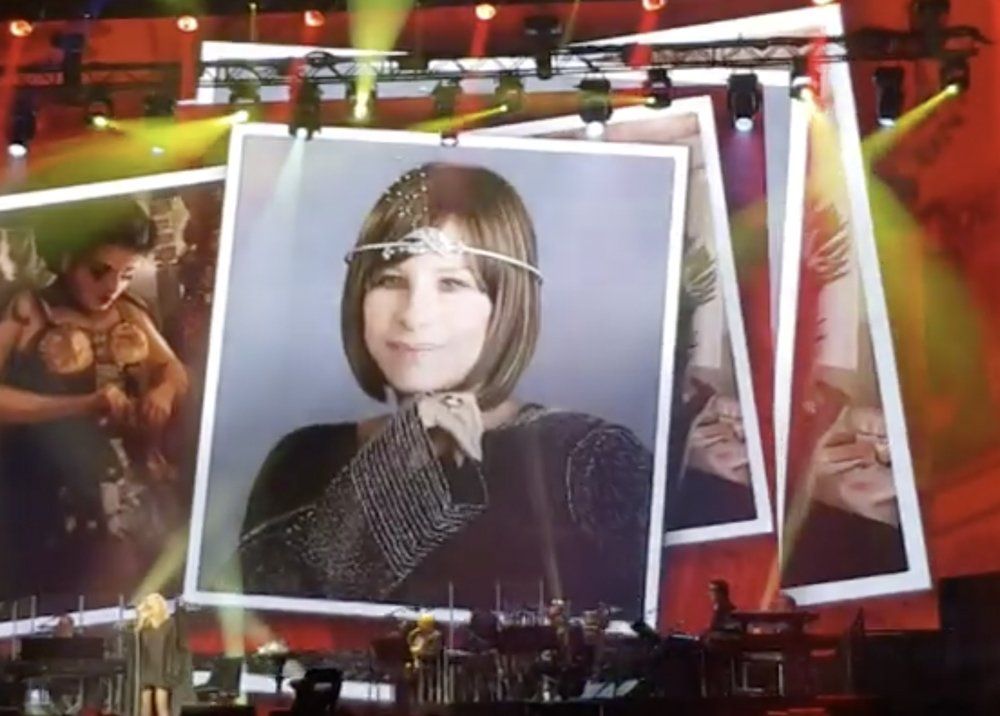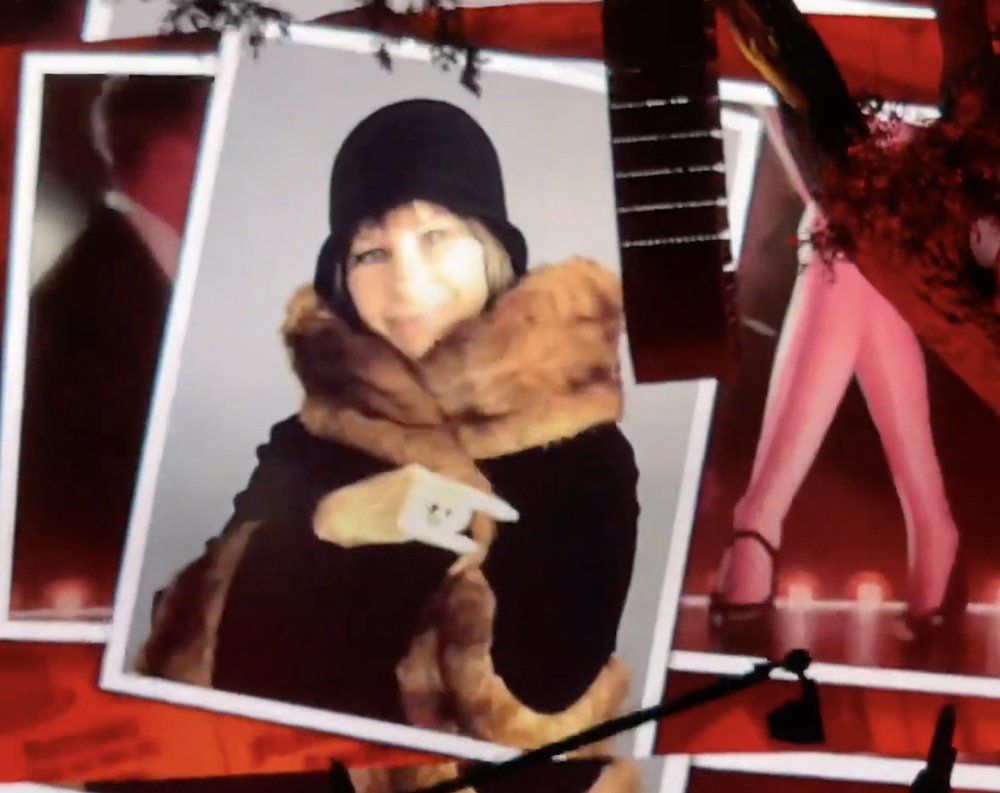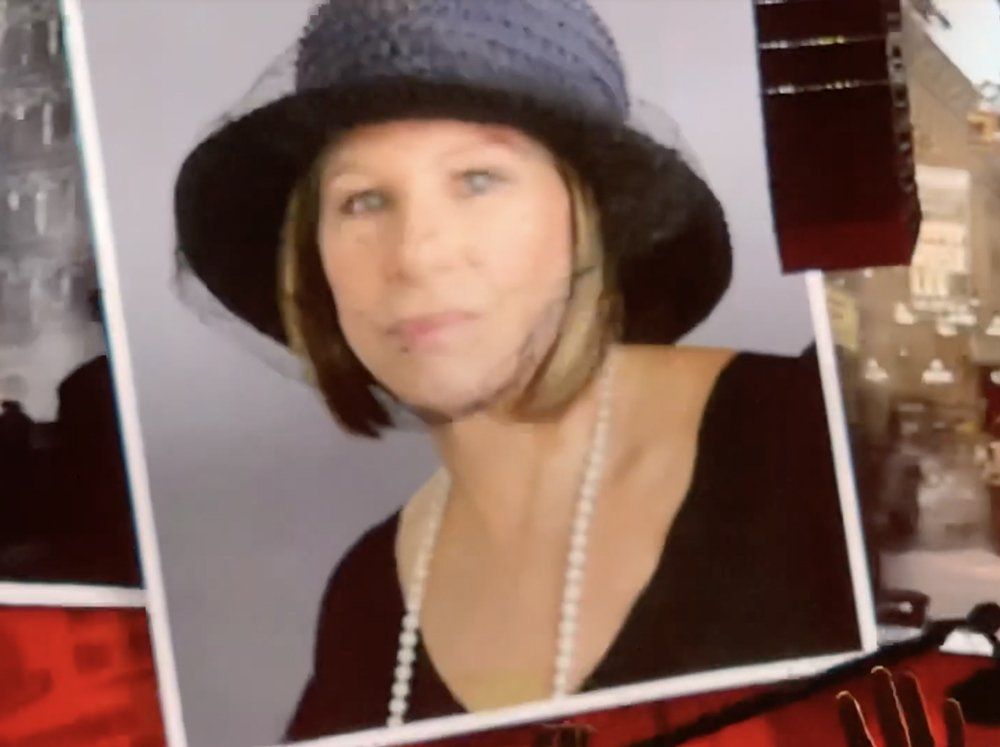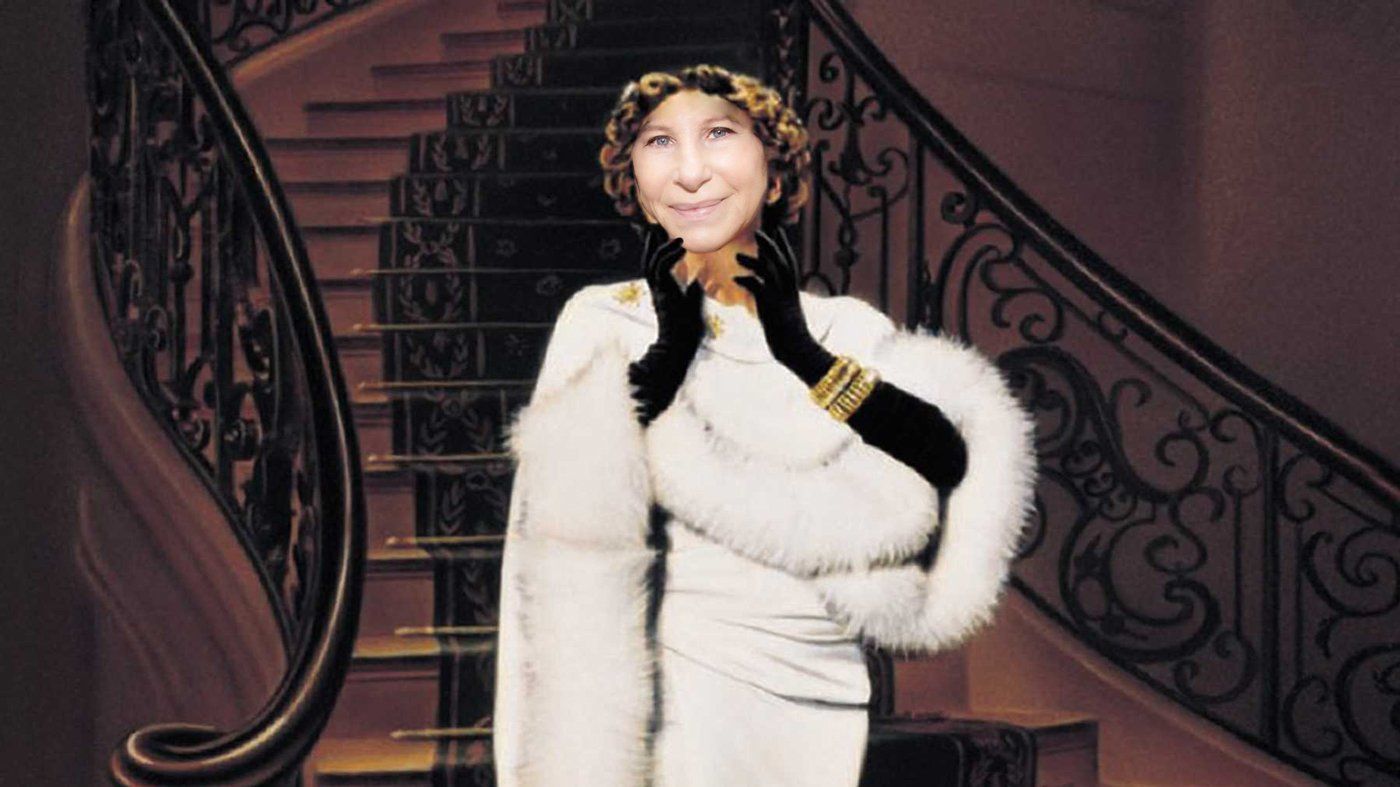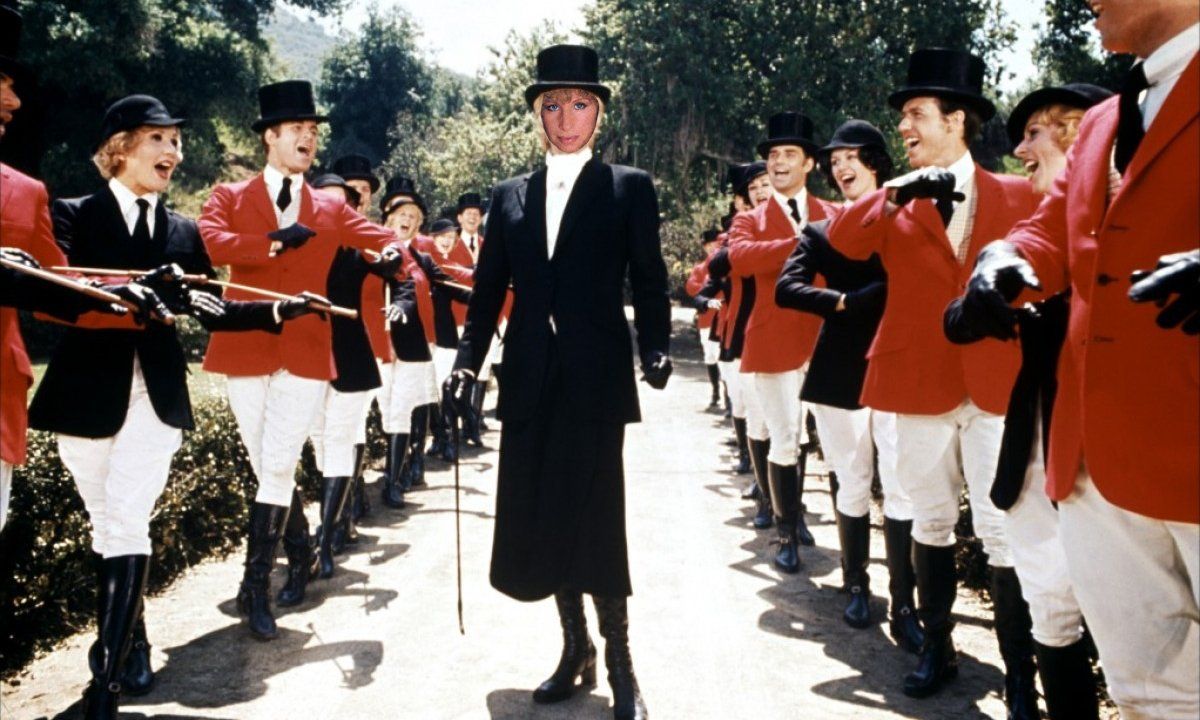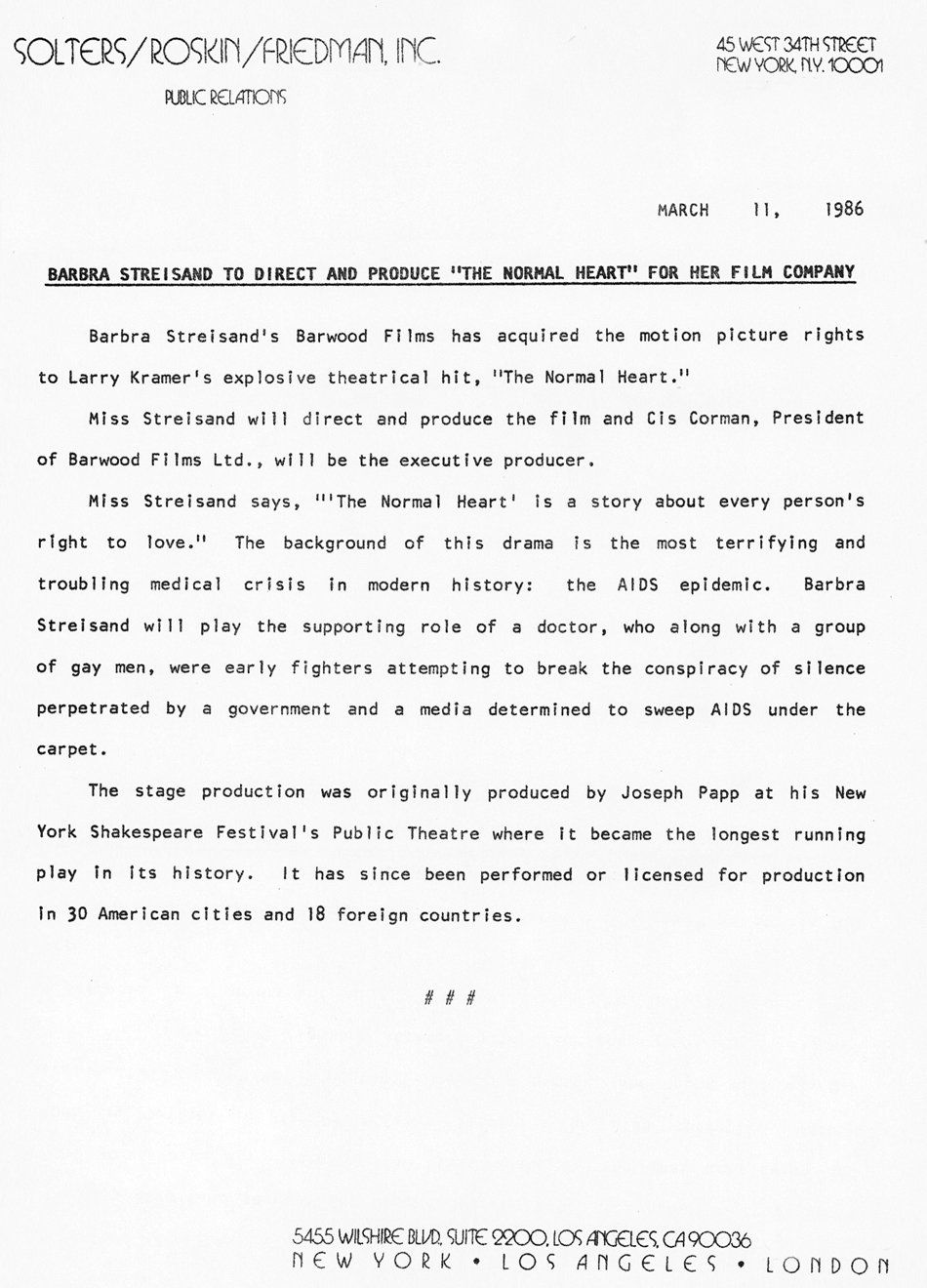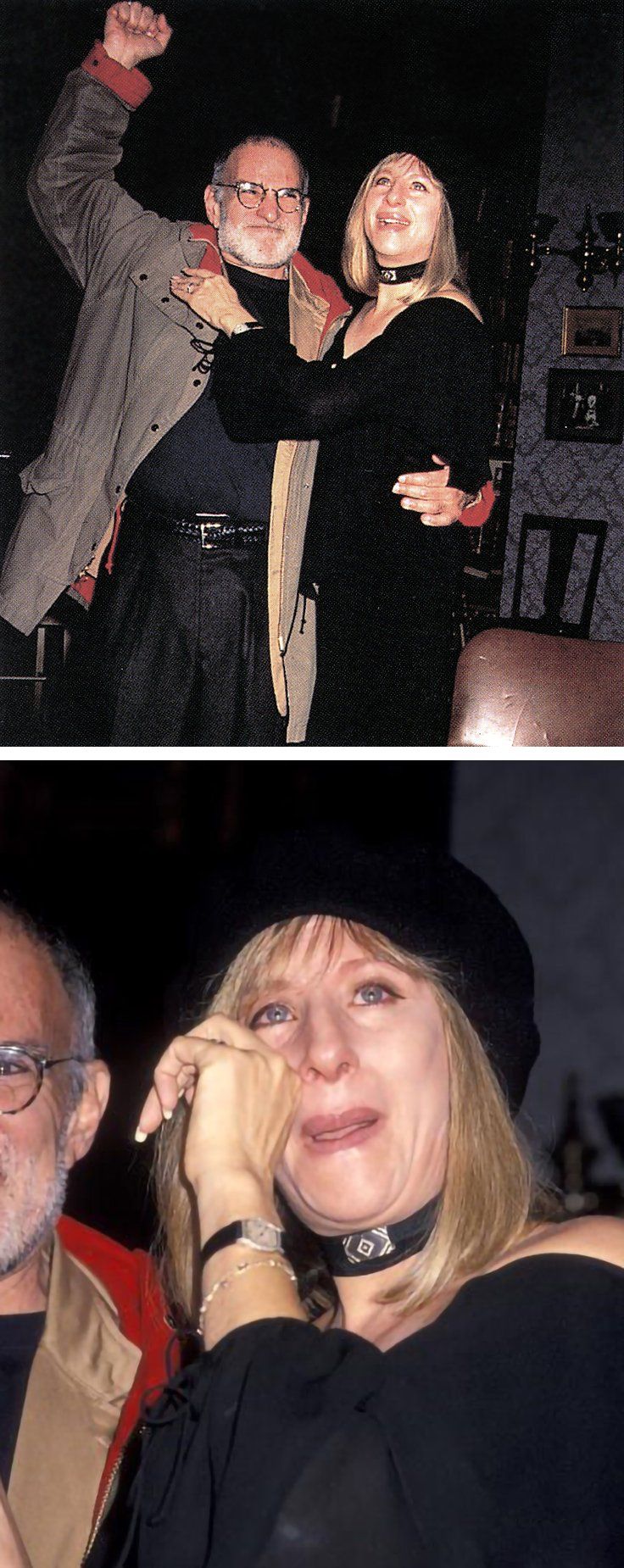“I really felt I was being ill-used,” Larry Kramer said. “She was always telling me how much this project meant to her and how we’ve got to get it out there fast and how important it is for people with AIDS, but then she always seemed to have these other things that came in the way.”
Streisand, however, showed sensitivity when she issued a statement to the press about no longer working with Kramer on
The Normal Heart: “I am painfully aware of the ticking clock. Therefore, I am stepping aside.”
At this point, director John Schlesinger took over and various actors got involved, including Anthony Edwards (from TV’s
E.R.), Annette Benning, and Sharon Stone.
Since no film materialized, in 2001 Streisand was still working on raising finances to direct the movie version of Kramer’s play.
In 2008, Streisand signed with Hollywood talent agency, Endeavor, signaling that she would still be active in her film career. While being honored at The Kennedy Center, Streisand mentioned that she’d still like to direct
The Normal Heart, but worried about balancing directing with her personal life. “I've never really been, you know, married during a directorial time in my life," she said. “How do you, you know, balance the personal?"
Streisand’s passion for The Normal Heart
was rekindled by 2009. In an interview about the Yentl
DVD, Streisand said “I've been working on [The Normal Heart] since I saw the play in 1985 and then did a screenplay in 1995. I've been trying to get it made.” Streisand said this time she would not act. “I look forward to not being in my next movie – just directing. I really care much more about the other actors' performance than I do my own.”
She told the Associate Press that she hoped to obtain the rights to Larry Kramer's play and that she’d talked to some “interesting cast members” that she did not identify.
It was Mark Ruffalo and Julia Roberts that Streisand attracted to the project. But by August 2010, the whole thing unraveled, with Larry Kramer once again speaking badly about Streisand to the media.
Streisand set the record straight when she posted a Truth Alert on her official website in May 2011 that addressed the history of working with Kramer on
The Normal Heart. In it she said:
When I saw the play in 1985 I was very moved and immediately contacted Larry to acquire the rights. I worked for ten years, without pay, trying to get it made. After going through several drafts with Larry, I hired a writer to develop a screenplay that was faithful to Larry’s play, adapting it to make it more cinematic. But Larry refused to accept any revisions and insisted we use his screenplay. I couldn’t get any studio to commit to his version. Many fine actors were ready to commit to our version, but Larry would not allow it.
When Larry now says I rewrote the script in order to make the woman doctor the star, marginalizing the gay characters, he is rewriting history. My objective was not to be in this movie. I only wanted to direct it and I was willing to play the doctor only if that would help get it made.
Eventually, when it became clear that we couldn’t raise the money to do it as a film, I thought, all right, we’ll do it on TV. At least it would reach a wide audience. But even HBO would only pay Larry $250,000 for the rights, and he would not let it go forward for anything less than $1,000,000. No studio was willing to move on it, considering the controversial subject matter and the burden of that cost.
After ten years, the rights reverted back to Larry. But even when I had no contractual involvement, I still persisted in pressing to get The Normal Heart made, purely because I believed in the project. As my producers Craig Zadan and Neil Meron can confirm, I thought that if we could get a great cast together, maybe a studio would finally finance it and we could persuade Larry to let us do it. I offered the part of the doctor to Julia Roberts because I thought she would be terrific, and when she turned us down, we approached another actress. I also asked Mark Ruffalo and Bradley Cooper to be in it, and Bradley Cooper immediately said yes to my version of the screenplay. By the way, this is not to say that it wouldn’t have been rewritten again. The work is never done until the movie is released.
I think it’s unfair to blame me for the movie not getting made. After all, Larry has had the rights for the last 15 years and he couldn’t get it made, either. Those are the facts, and none of this is news to Larry.
More recently, he sent me a note before giving the project to another director, asking me again if I wanted to direct it—but only with his screenplay. As a filmmaker, I couldn’t have my hands tied like that. What if I needed to make changes? What if I needed to have something rewritten? Sadly, I turned his offer down and wished him well.
It’s been very hard for me to find a piece that I feel as passionate about. I will always believe in Larry’s play and its powerful theme about everyone’s right to love.
It should be noted that one Streisand fan managed to read Kramer's 2007
Normal Heart
screenplay—this was probably Kramer's latest draft before Streisand had to turn him down. Reportedly, Kramer's screenplay was very un-cinematic. The fan says it was written “with long, preachy scenes presented in a static, overtly theatrical way... it's really nothing more than the play dressed up in screenplay form.”
What's ironic is that Streisand knows what she's talking about here: a good play does not necessarily make a good movie ... There are cinematic issues to worry about, especially with a play that features long monologues.
Kramer's screenplay ended the dramatic AIDs story by having the camera pan down to W.H. Auden's poem, “September 1, 1939”—about the outbreak of World War II. The audience, therefore, would have to read a poem before the credits rolled.
Perhaps Streisand was right to pass.
With a cast that includes Julia Roberts, Mark Ruffalo, Matt Bomer, Jim Parsons, Taylor Kitsch, and Joe Mantello, The Normal Heart
was
a 2014 HBO movie with Glee's Ryan Murphy directing.

